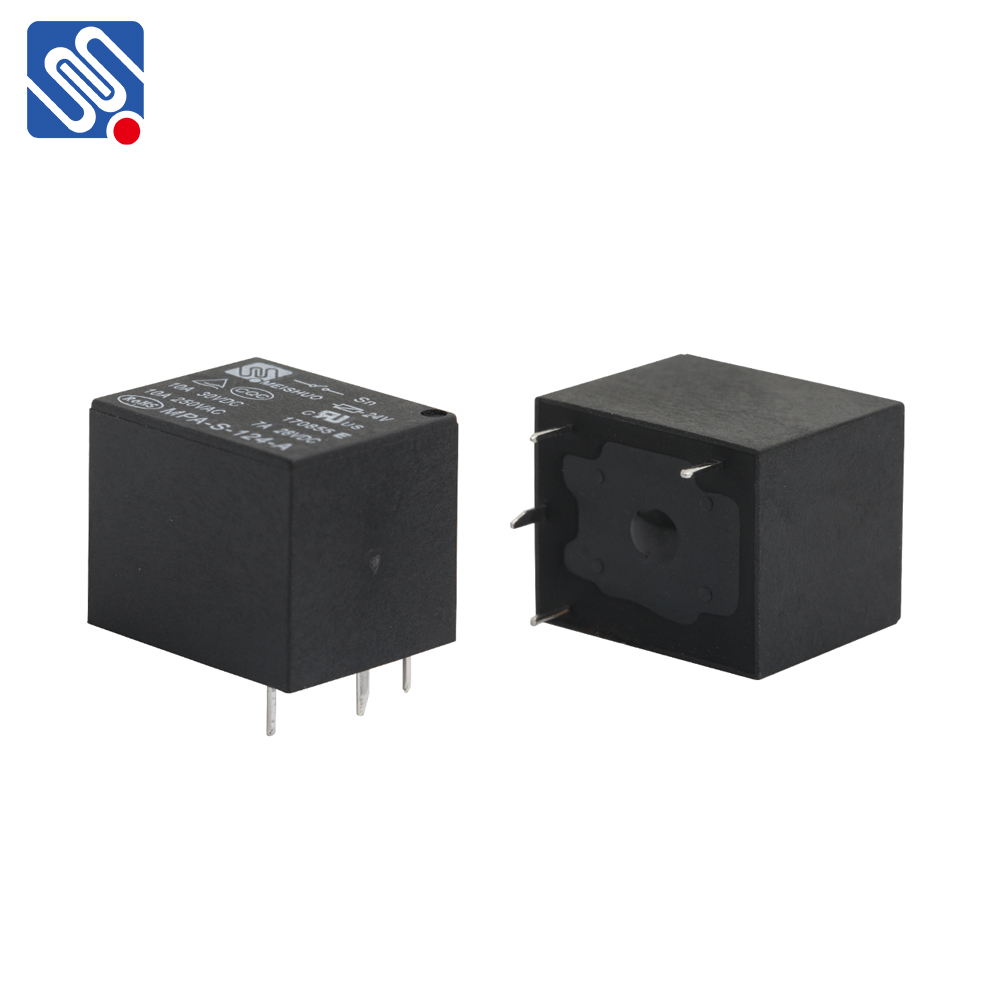Relays are an essential component in modern electrical and electronic systems, enabling the control of high-power devices using low-power signals. Among various types of relays, the 24V 10A Relay stands out due to its versatility, reliability, and wide range of applications. In this article, we will explore the design, working principle, key features, and practical uses of the 24V 10A relay, shedding light on why it is an ideal choice for numerous industrial and commercial applications.

What is a 24V 10A Relay? A 24V 10A Relay is an electromagnetic switch that allows low-power circuits to control high-power devices. It operates on a 24V DC control voltage, meaning it is typically powered by a 24-volt direct current source. The relay can switch loads up to 10 amps, which makes it suitable for controlling medium-power devices such as motors, lights, heating systems, and other electrical equipment. Components and Working Principle A typical relay consists of several key components: Electromagnetic Coil (Solenoid): This is the part of the relay that receives the 24V control voltage. When current flows through the coil, it generates a magnetic field.